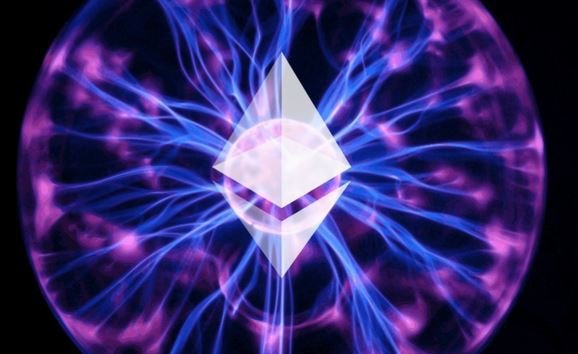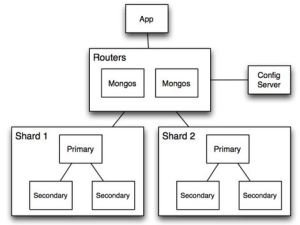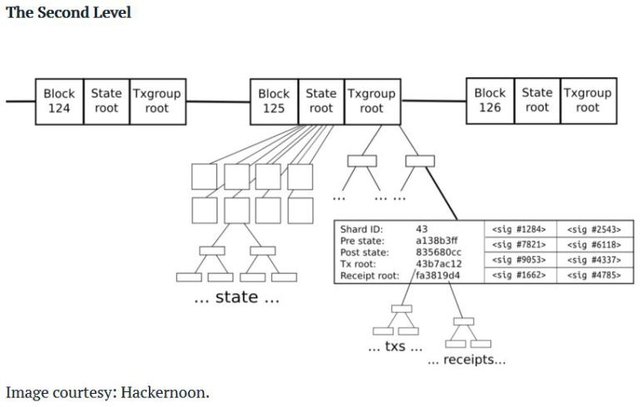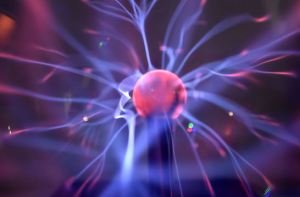Vitalik Buterin, creator of Ethereum, has explained in recent AMA OmiseGO sessions that with a second layer solution such as Sharding and Plasma, the Ethereum network can eventually process 1 million instantaneous and potentially more than 100 million transactions per second.
Please read Below...

Ethereum faces the Blockchain Network Scalability Problems
Prior to this, Buterin emphasized that Ethereum and blockchain protocols are generally working to address scalability issues.
In September 2017, during an interview with Naval Ravikant's venture capital investor at Disrupt SF 2017 conference hosted by TechCrunch, Buterin stated that bitcoin and Ethereum had processed three to six transactions per second at maxima capacity. He added that to support blockchain networks, large-scale payments such as Visa, stock markets such as the Nasdaq, and the Internet (IOT) network. Network Blockchain needs to process hundreds or thousands of transactions per second.
"Bitcoin is processing less than three instantaneous deals and if it is close to four, it has reached peak capacity. Ethereum instead performs five transactions per second and if it exceeds six, then it is also at peak capacity. On the contrary, Uber averages 12 transactions per second, PayPal several hundred per second, Visa a few thousand, major share exchange tens of thousands, and if in the Internet of Thing (IoT) we will speak hundreds of thousands per second.
During AMIS's OmiseGO session, Buterin stated that the second layer scaling solution being tested on Ethereum testnet enabled the Ethereum blockchain network to support larger scale decentralized applications (Dapps) with millions of users by taking innovative approaches in optimizing the blockchain.
Layer 1 - Sharding
Sharding is a term that has been taken from a database system. Let's see what sharding means regarding the database. Let's say you have a great database for your site. Having a large database not only searches for slower data, but also blocks your scalability.

Vitalik explains that Sharding is a layer scalability solution, designed to further enhance the existing block block - basically making it work better.
At this time, each node running on the Ethernet network needs to process every transaction that occurs. While this confirmation provides a high security guarantee, it also shows that the blockchain itself is just as fast as the individual node.
Sharding on the other hand, describes the blockchain situation in which the network is split into small restrictions called shards, which contain transaction history. In this scenario, individual nodes only need to process transactions on some shards only, thus allowing the overall transaction as a whole to be larger as a single node that does not have to do all the work.

Layer 2 – Plasma

Plasma, a solution developed by Buterin and the Lightning Network co-op, Joseph Poon. Its operation is similar to the Bitcoin Lightning Network, as it allows Ethereum to process the micropayment by creating a blockchain block in the main block to process information faster.
What are the main benefits of Plasma?
- Plasma will help Ethereum blockchain handle larger datasets than existing ones.
- It enables the processing of computer systems to run on the blockchain by increasing the transaction capacity.
- It will also speed up transactions to let decentralize application (dapps) run without worrying about backlogs.
- Because only a smaller number of nodes need to process a transaction, the fees can be lower and the transaction becomes faster.
- Plasma eliminates unnecessary data in the primary network. This saves much processing power as well as memory for Ethereum nodes.
*Improve ledger performance that brings higher data storage capabilities based on Ethereum.
1 Million Transactions perceived
"So, if you get 100x from Sharding and 100x from Plasma, both of these basically give you a 10,000x scalability advantage, which means the block chain will be strong enough to handle most applications that most developers are trying to do with them," Buterin added. (source of ccn)
However, this is still not yet launched. Plasma and sharding in this ethereum are closely related to PoW changes to PoS.